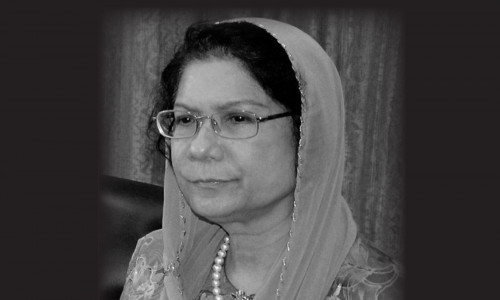KOTA KINABALU – A banker's 30-year passion to seek out the truth from his grandparents' stories uncovered a surprise. It is a story of ancient covert warriors living as fishermen in the peaceful village of Sembulan.
Shari Jeffri, 50, had always loved the Brunei ancestors' stories – his grandparents, Dayangku Azizah Pengiran Sarudin and Mohd Asi Hassin, narrated to him as a small boy of six, in the living room of their house in Sembulan.
He enjoyed them so much that at 11 years, he went to a nearby cemetery to substantiate the details, browsing through the tombstones for names he had heard from his grandparents.
“All I had were names and the stories told by them. Everyone in Sembulan Lama are either cousins, uncles, or aunts. Everyone was related.
“I visited the graves to understand who’s who. But there was no name on any of the inscriptions on the old tombstones.”
Shari said all the tombstones were nameless due to the assassination of Brunei noblemen and warriors when the British started to establish their trading posts in North Borneo in the olden days.
“Everyone had kept a low profile and wished not to be identified or they might lose their lives,” said Shari, saying that he was once paralysed in the legs after his visit to the graveyard.
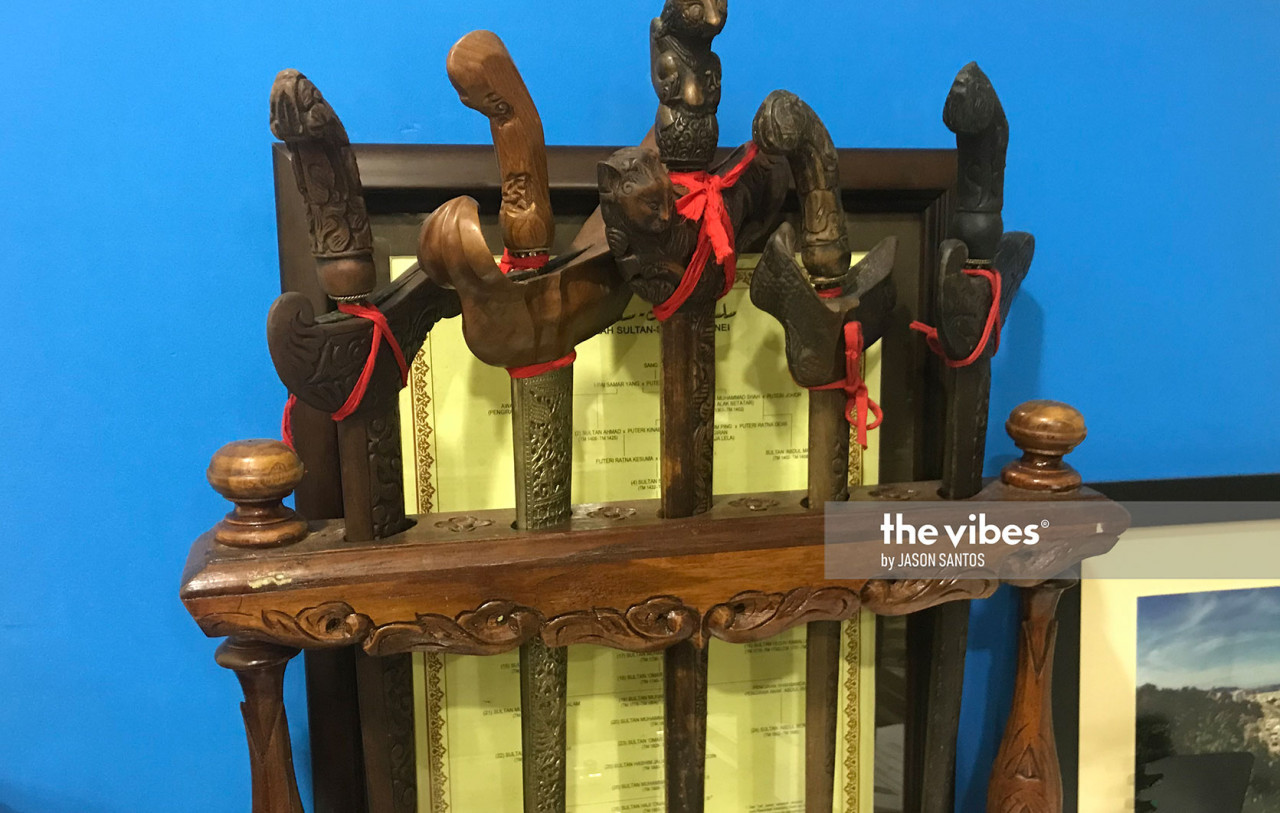
The ailment caused Shari to shelve his interest in his family heritage for good but a plan to demolish the Kampung Sembulan Lama to make way for a mall in 2000 reignited his passion, and this time, with a cause.
It didn’t go instantly as he recounts, according to him, he fell ill for a second time in 2015 and by his bedside his father, now a retired policeman, asked him if he may have some unfinished business.
“There is a custom and belief that the reason some get sick was to remind him that he had some unfinished business he needed to attend to.
“So, by the bedside, he recalled books, a name list and stories that his grandparents had passed down to him and the things he had set out to do when he fell sick as a boy,” said Shari, adding that his grandparents had passed down their family tree to him before they passed away.
Upon recovery, Shari begins his research, starting from seeking several eldest persons in Sembulan such as Hj Jami Jubal, Hj Piassin Jubal, Kadir Jamud, Tina Jilang, Dassim Abun, Saimah Salim, Jenair Adam, Jamlan Jikan, Alimat Wahid, Hamzah Parang, Yusof Salam, Idrus Salam, Budan Jaffar with the help of his cousins Sahar Hj Piassin and Amran Hj Ahmad.
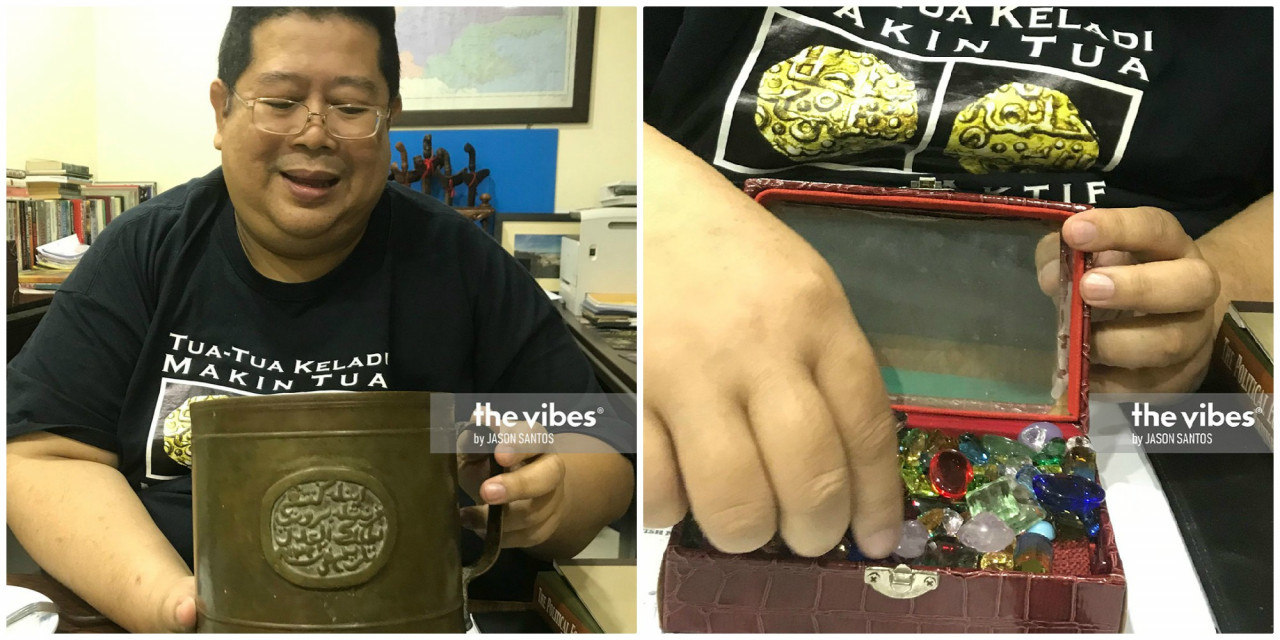
He then organised special ancestral prayers, establishing a committee of elders, comprising his father and uncles, to supervise his research into the family tree which contains more than 3,000 names – not just in Sembulan but stretching from Kota Belud to Papar – which has already been distributed among family members.
As far as that story goes, Shari said: “one thing led to another”. He had written a book on the family “Salasilah” and even presented a paper of Sembulan History at Brunei International Conference organised by Pusat Sejarah Brunei, a record that surpassed official government historical records that sets the establishment of Sembulan in the 1950s.
Citing the official records as inaccurate, Shari says his grandfather’s birth year on his identity card shows that he was born in 1905 at Sembulan and the land was first surveyed in 1905, with the NT 44 land title handed over to the villagers in 1916.
But his work did not stop there as Shari went through a life changing journey rediscovering his roots based on the stories and family tree his grandparents had passed on.
“You see, we have a complete unbroken line of family trees, dating as far back as sixth generations before me.
The folks in Sembulan have hailed my grandfather in the 1960s as the Ketua Adat or Tok Batin (those who are proficient in all the traditional customs, beliefs and rituals) as he was the last one,” he said.
Shari said the opening of Sembulan goes as far back as 1788, where his ancestors were made caretaker of Sembulan after assisting in the effort to repel the Sulu army attacking the coastal villages and an attempt to invade Brunei.
He said the story of Sembulan begins with Embo Amir or Sharif Amir, a warlord in the Pengiran Temenggong, Raja Tua, forces, who had been sent by the Sultan of Brunei to foil the Sulu attacks on the coastal villages and possible invasion of Brunei.
As the title suggests, Pengiran Temenggung is the head of the armed forces of the Brunei soldiers and Raja Tua had the support of estimated more than 2,000 Bajau Samah soldiers with him where he had set up base at Menggatal within the Mengkabong kingdom.
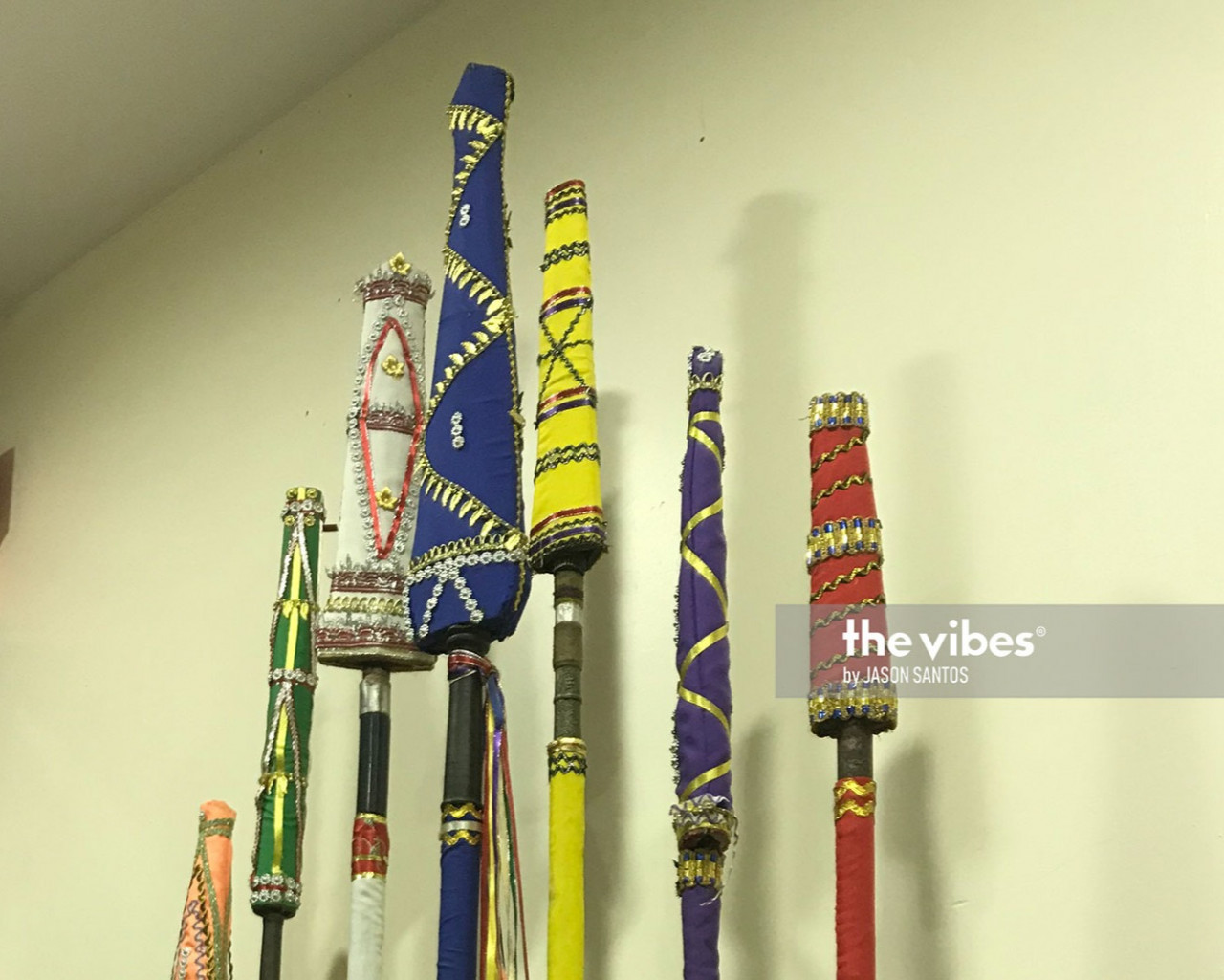
The Mengkabong ancient kingdom with an alliance of Ambong, Tempasuk, Abai and Pandasan on the North stretches from Mengkabong to Papar, where Sembulan sits at the centre of these two points, and Sharif Amir who had been part of the campaign settled in Sembulan and became caretaker of the village after the war was over.
“The Sulu forces were getting stronger and would seasonally raid, loot and kidnap locals and sell them as slaves.
“The sulu even started the burning of Pulau Balambangan before plotting to attack Brunei. But this was successfully averted by Pangeran Temmenggung Ampa,” said Shari, adding that no historians had so far written in great details over Mengkabong and the Brunei forces military base.
After the war, Sharif Amir and his cousin named Sharif Sarudin settled in Sembulan and married a woman from the Bangakakon tribe, or one of the Kadazandusun ethnic groups in Sabah, he said, adding that the first tribe who had arrived in the ancient Sembulan was from the Bangkakon’s tribe.
“So, my ancestor who is of Bajau Samah ethnic group married to Kadazandusun woman. Sharif Amir also had another wife, named Dang Darmata, a wife from Brunei as a part of pthe tradition to keep the warlords like Sharif Amir remain loyal to the Brunei kingdom,” said Shari.
He said his ancestors settled and buried on the hill where the Sabah State Museum now sits. It is not the present Sembulan village everyone is familiar with today, he added.
The establishment of the house on the hill was to allow Sharif Amir to observe incoming attacks from the Sulu, where a signal fire would be ignited and the drums would be hit to warn of the incoming danger.
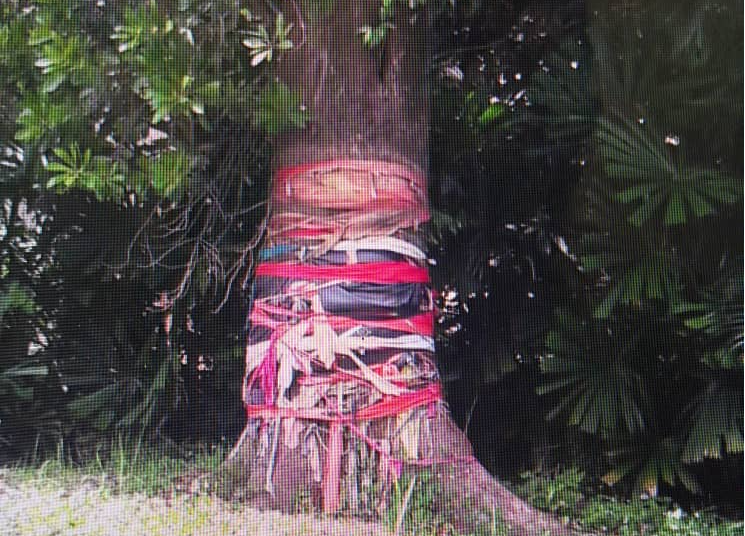
The drums could be heard as far as Penampang.
Sharif Amir's family later moved downhill to make way for the British Governor to build his residence and later in the 70s, the building was demolished to make way for the Museum.
It was during the construction of the State Museum and Telekom Buildings that his ancestors’ burial ground were relocated to Taman Sempelang, near Sembulan that his grandparents claim that his ancestry came from a line of warriors were substantiated.
“While all the tombstones had no names, the exhumation of the remains saw many of the ancient weapons surfaced. Apparently, they were buried along with their weapons,” he said.
According to Shari, the exhumation further enforces the history of Sembulan and her origins.
For instance, he said he was able to collect the “Bujak” (spear), Talwar Sword (the brunei curved sabre), the Keris (bajau) and Barong of Bugis or Sulu influence.
Nonetheless, Sharif Amir had four children – Rajit, Bakir, Sating and a daughter Nandi.
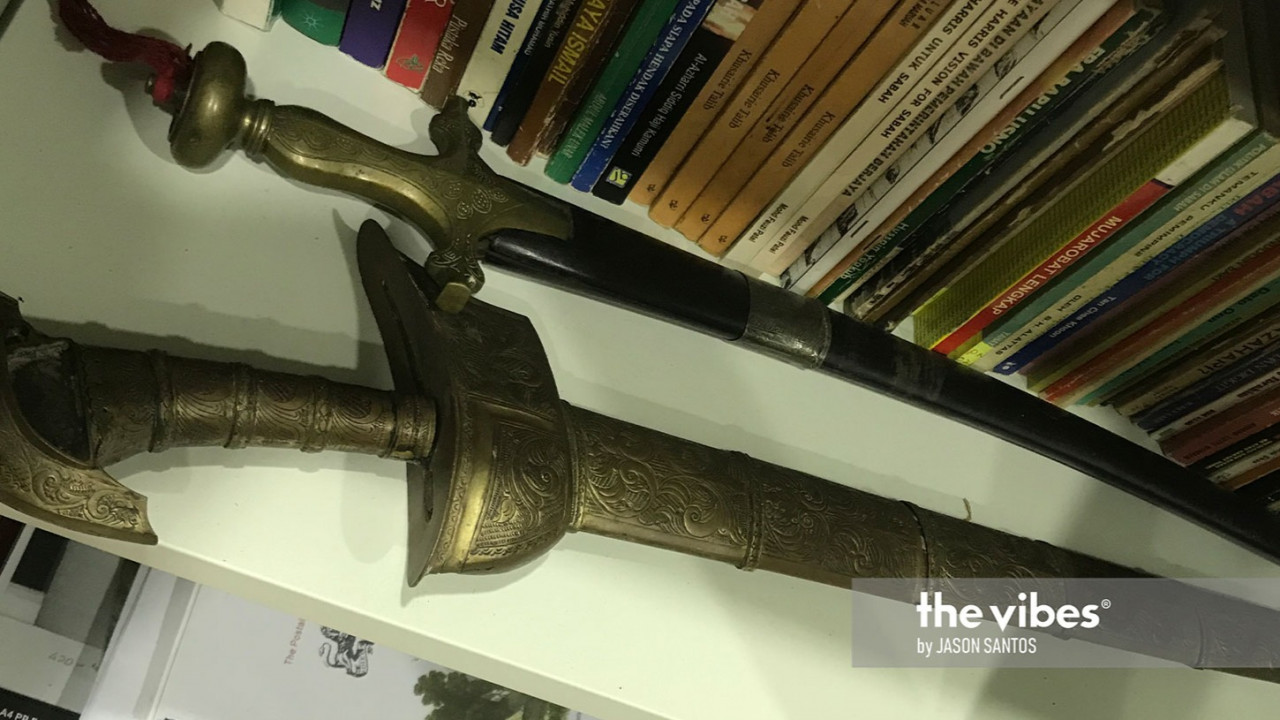
Rajit has three sons, Abdullah, Pampang and Hasin. The Shari family is from Hasin's lineage. Hassin then married Dayang Khatijah in 1860 who also had a Bruneian lineage.
Shari said his family was involved in many wars but most importantly fought against the Sulu attacks, where he had got all the Sembulan folks and kinship from other nearby villages such as Sulaman, Inanam, Menggatal, Darau, Likas, Napas, Tanjung Aru, Petagas, Putatan, Dumpil, Kinarut, Kawang and Pengalat Papar from various tribes united against a common enemy.
However, many of the Sharifs and Datus including Shari’s ancestors had to lose their titles during the Langkon war or the Battle of Marudu in 1845.
The Battle of Marudu was over the piracy where Rajah James Brooke of Sarawak was trying to end the activity involving the Illanuns and their leader known Sharif Usman.
Sharif Usman and Pengiran Yusop of Brunei had been allies.
Pengiran Yusop is the son of the Sultan of Brunei who had a dispute and animosity with his cousin Rajah Muda Hassim of which both vying to be the next Sultan of Brunei, which Shari’s ancestors were the loyal followers.
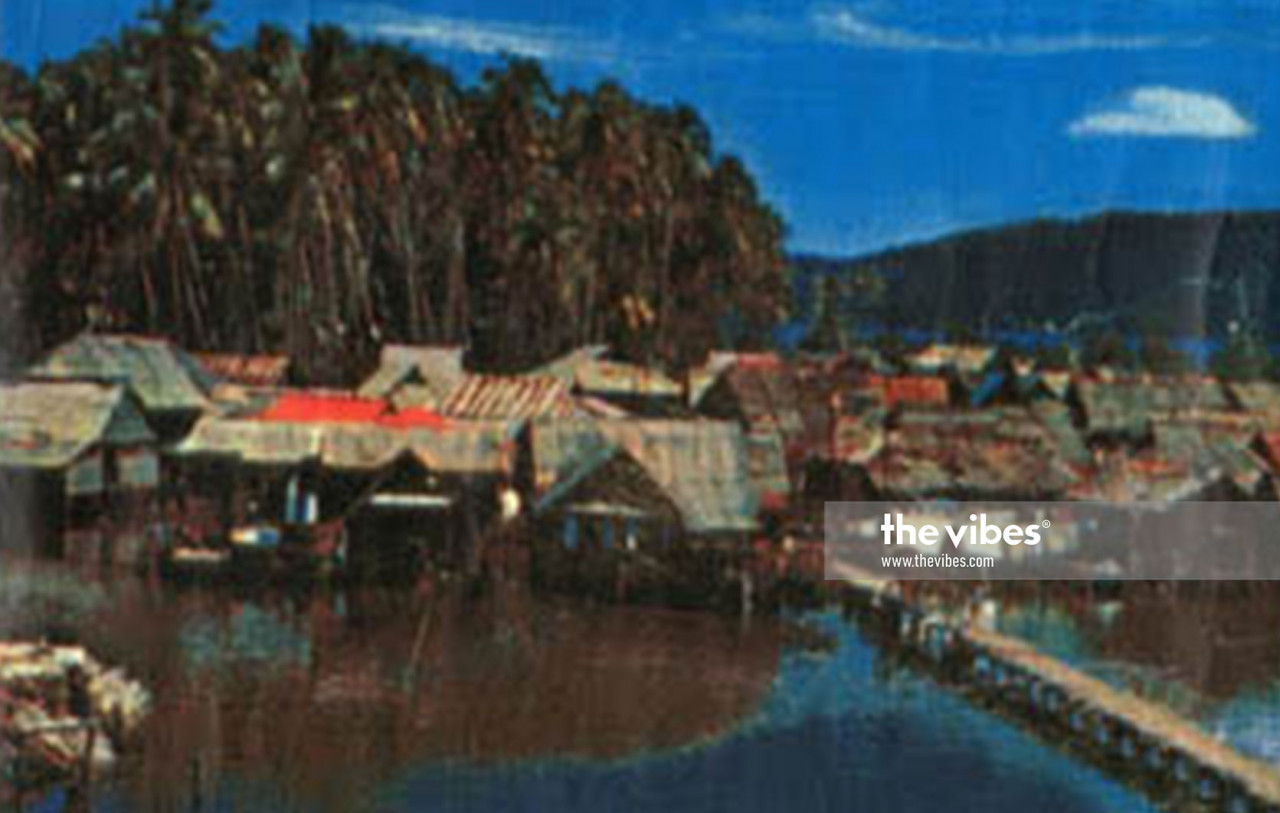
“All the Sharifs were executed by the British and the ‘Sembulan Sharif’ became fishermen and learnt the Bajau and Kadazan languages to escape detection.
“But my ancestors were also involved in the Langkon war and hence, this was one of the many secrets of Sembulan, where his ancestors live as covert warriors and was involved in many wars,” said Shari.
He said his ancestors were involved in the Mat Salleh rebellion where his most notable uprising in the midnight of 1897 attacked a major colonial settlement in Gaya Island.
Then there was the Pandasan war in 1915 and the bloody attack in Penampang where they had taken side on the Kadazandusun to attack Brunei warriors, he said, as his ancestors were loyal to Rajah Muda Hashim, who they believed was murdered in 1846.
“They had been involved in these wars and returned to Sembulan undetected, living normal lives as fishermen,” he said. – The Vibes, December 5, 2020
This is Part 1 of a two-series on the history of Sembulan.



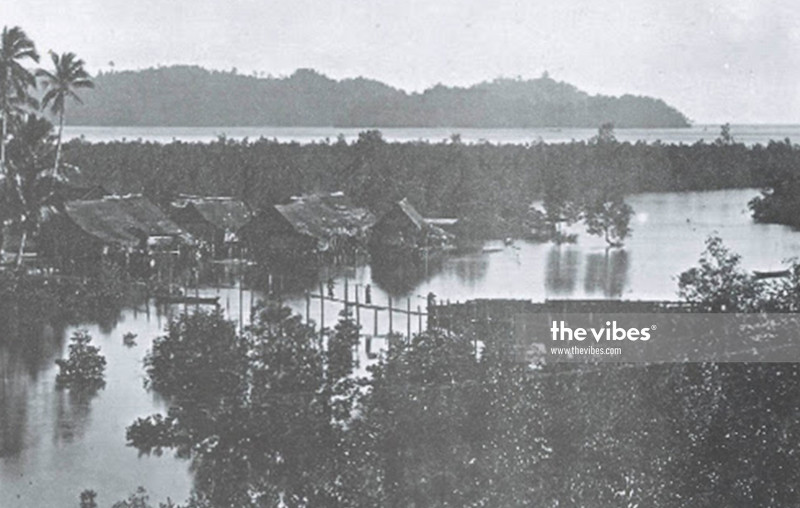
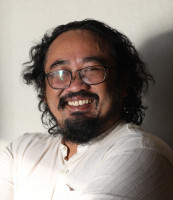
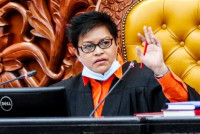



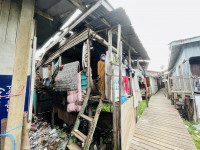
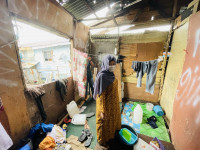
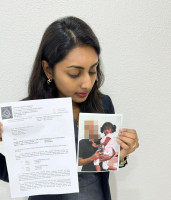


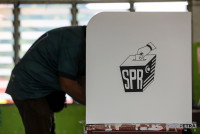
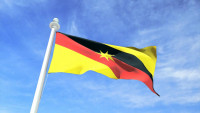
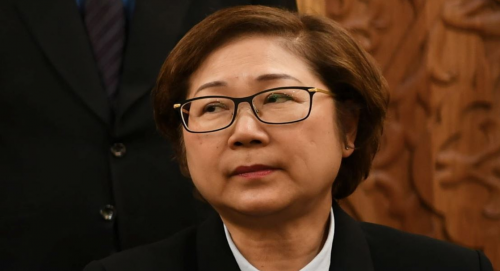
_Datuk_Rusdi_Mohd_Isa._Facebook_pic..png)

